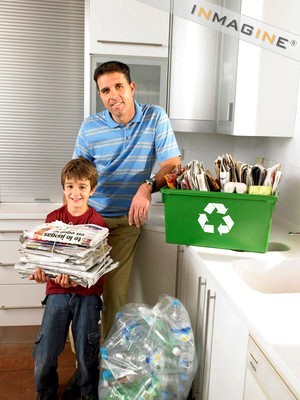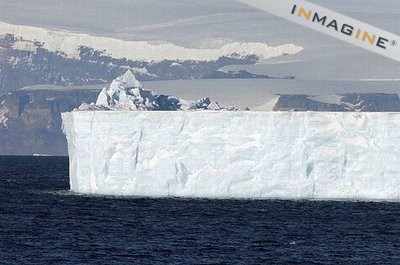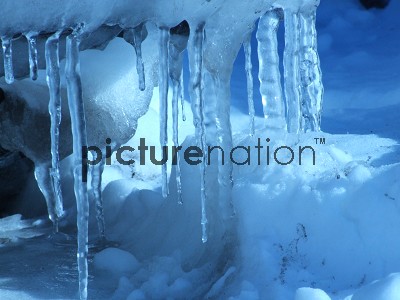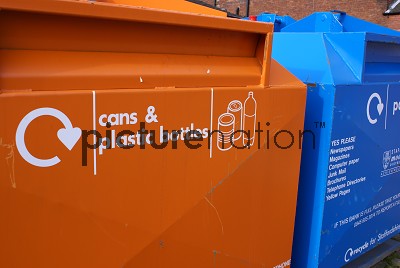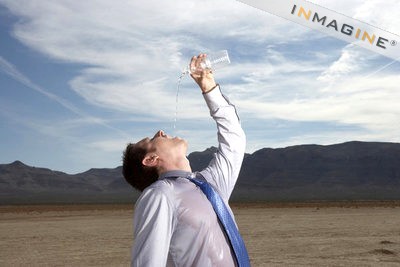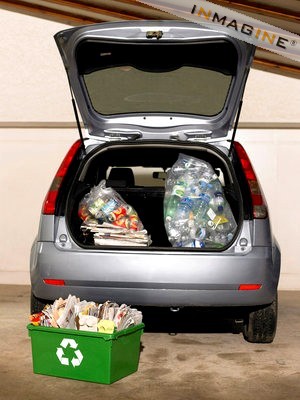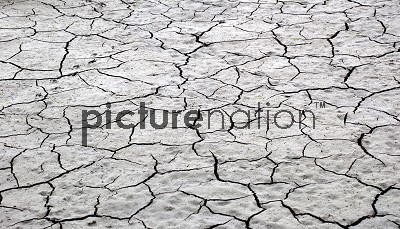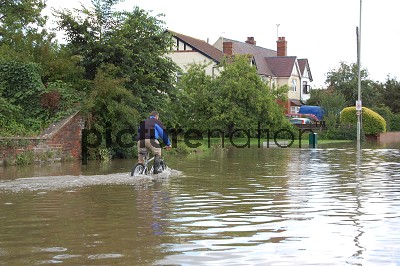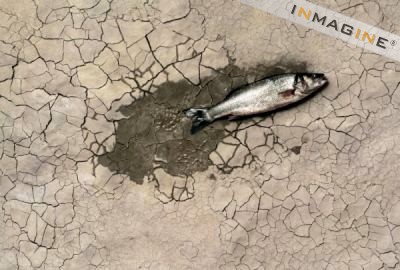Carbon dioxide isn't the only greenhouse gas that worries climate scientists. Airborne levels of two other potent gases — one from ancient plants, the other from flat-panel screen technology — are on the rise, too. And that's got scientists concerned about accelerated global warming.
The gases are methane and nitrogen trifluoride. Both pale in comparison to the global warming effects of carbon dioxide, produced by the burning of coal, oil and other fossil fuels. In the past couple of years, however, these other two gases have been on the rise, according to two new studies. The increase is not accounted for in predictions for future global warming and comes as a nasty surprise to climate watchers.
Methane is by far the bigger worry. It is considered the No. 2 greenhouse gas based on the amount of warming it causes and the amount in the atmosphere. The total effect of methane on global warming is about one-third that of man-made carbon dioxide.
Methane comes from landfills, natural gas, coal mining, animal waste, and decaying plants. But it's the decaying plants that worry scientists most. That's because thousands of years ago billions of tons of methane were created by decaying Arctic plants. It lies frozen in permafrost wetlands and trapped in the ocean floor. As the Arctic warms, the concern is this methane will be freed and worsen warming. Scientists have been trying to figure out how they would know if this process is starting.
It's still early and the data are far from conclusive, but scientists say they are concerned that what they are seeing could be the start of the release of the Arctic methane.
After almost eight years of stability, atmospheric methane levels — measured every 40 minutes by monitors near remote coastal cliffs — suddenly started rising in 2006. The amount of methane in the air has jumped by nearly 28 million tons from June 2006 to October 2007. There is now more than 5.6 billion tons of methane in the air.
"If it's sustained, it's bad news," said MIT atmospheric scientist Ron Prinn, lead author of the methane study, which will be published in the journal Geophysical Research Letters Oct. 31. "This is a heads up. We're seeing smoke. It remains to be seen whether this is the fire we're really worried about.
"Whenever methane increases, you are accelerating climate change," he said.
By contrast, nitrogen trifluoride has been considered such a small problem that it's generally been ignored. The gas is used as a cleaning agent during the manufacture of liquid crystal display television and computer monitors and for thin-film solar panels.
Earlier efforts to determine how much nitrogen trifluoride is in the air dramatically underestimated the amounts, said Ray Weiss, a geochemistry professor with Scripps Institution of Oceanography and lead author on a nitrogen trifluoride paper. It is set to be published in Geophysical Letters in November.
Nitrogen trifluoride levels in the air — measured in parts per trillion — have quadrupled in the last decade and increased 30-fold since 1978, according to Weiss, who is also a co-author of the methane paper.
It contributes only 0.04 percent of the total global warming effect that man-made carbon dioxide does from the burning of fossil fuels.
But nitrogen trifluoride is one of the more potent gases, thousands of times stronger at trapping heat than carbon dioxide. Methane is more than 20 times more potent than carbon dioxide on a per molecule basis. Carbon dioxide remains the most important gas because of its huge levels and rapid growth.
Still, methane and the potential of future increases is a worry, Weiss and others say.
Its recent increase coincides with anecdotal evidence of more methane being released in the shallow parts of the Arctic Ocean. A scientific survey in late summer found methane levels in the east Siberian Sea up to 10,000 times higher than normal, said Orjan Gustafsson, an environmental scientist at Stockholm University who has just returned from the six-week survey.
Prinn's data are consistent with the early results of "whole fields of methane bubbles" that Gustafsson said he found last month.
The highest methane level increases were seen in monitoring stations in Alert, Canada, which with recent anecdotal evidence points to plants in permafrost thawing and decaying.
Stanford University environmental scientist Stephen Schneider cautioned that the recent increase is new and that "it is pretty hard to be very confident of any trend or big story yet on methane."
Methane levels have kept scientists guessing for the past decade. They were on the rise until about 1997, then soared in 1998 and then leveled off until jumping again in 2006.













 Earthquakes have devastating effects, resulting in hundreds to thousands of deaths and injuries, and millions to billions of dollars worth of property damage. The earthquake's location, magnitude of the earthquake, surface geology, and population density are major factors contributing to earthquake damage.
Earthquakes have devastating effects, resulting in hundreds to thousands of deaths and injuries, and millions to billions of dollars worth of property damage. The earthquake's location, magnitude of the earthquake, surface geology, and population density are major factors contributing to earthquake damage. 











